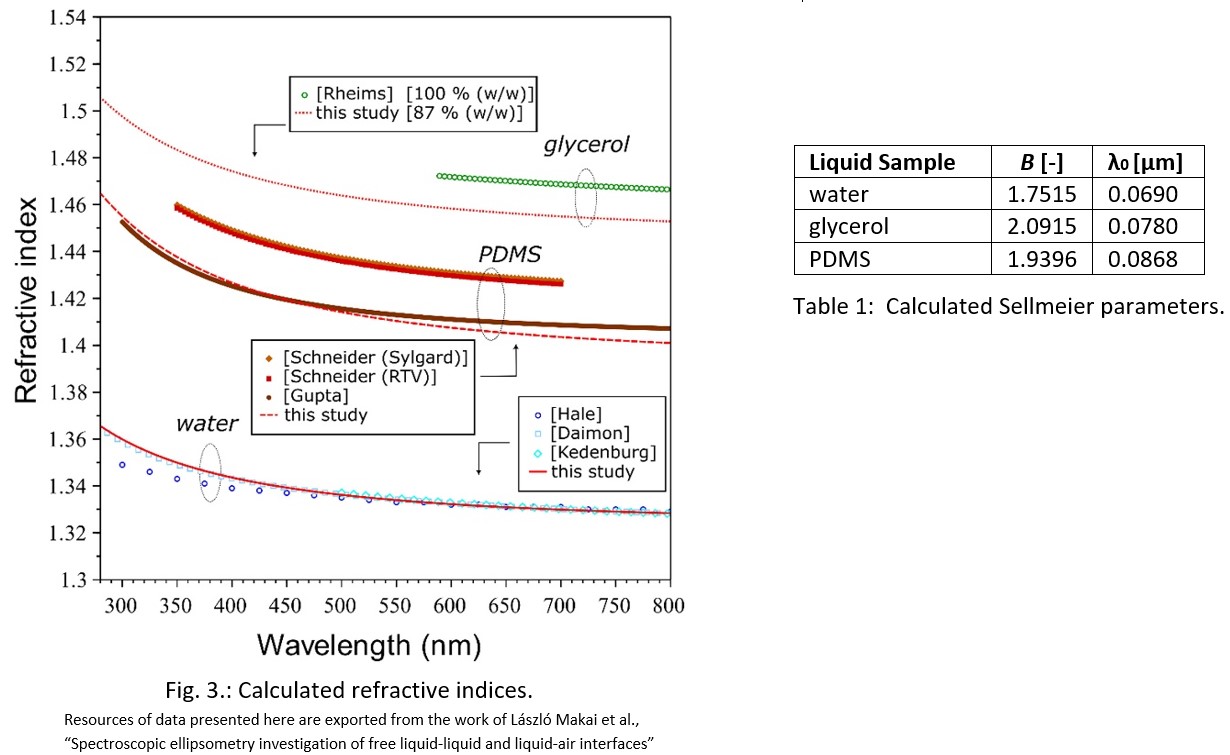How Spectral Ellipsometry Measurements are Conducted on Bulk Liquids
08.24.2023

Performing spectral ellipsometry measurements on bulk liquids presents a set of unique challenges owing to the inherent instability of liquids, resulting in variable optical properties. This instability, coupled with the complexity of liquid interfaces (such as liquid-air and liquid-liquid interfaces), necessitates detailed sample preparation and careful measurement setup design. However, despite these challenges, spectral ellipsometry (SE) stands as a powerful tool for analyzing bulk liquids.
Spectral ellipsometry is an essential technique for optical characterization, even in the case of bulk liquids. This non-destructive method involves analyzing changes in polarization of reflected light, which provides critical insights into sample properties. This technique can effectively handle the variability seen in bulk liquid samples.
Overcoming Technical Challenges
In addressing technical challenges, an advanced version of the SE-2000 spectroscopic ellipsometer has been employed. This ellipsometer effectively eliminates liquid surface vibrations and ensures precise alignment of the liquid surface relative to the incident plane. This setup has proven particularly effective in UV-VIS wavelength range measurements, allowing accurate characterization of layer thickness and refractive index at liquid-liquid interfaces.
Examples of Bulk Liquid Measurements
Experiments involving bulk liquid samples such as distilled water, glycerol, and PDMS showcase the capabilities of the proposed ellipsometric configuration. SE measurements were carried out on free liquid surfaces at various angles of incidence (AOI).
.jpg)
From the analysis of near-Brewster angle SE spectra, the Sellmeier parameters and the refractive indices of all liquid samples were obtained.

Conclusion
Spectral ellipsometry measurements on bulk liquids have opened new frontiers in optical characterization. As Semilab continues to push the boundaries of this technique, we invite researchers, biologists, and chemists to leverage our state-of-the-art instruments and expertise.
You can read our publication on this topic: László Makai et al., “Spectroscopic ellipsometry investigation of free liquid-liquid and liquid-air interfaces” in Science Direct Volume 764, 1 January 2023, doi: 10.1016/j.tsf.2022.139634.






.jpg)